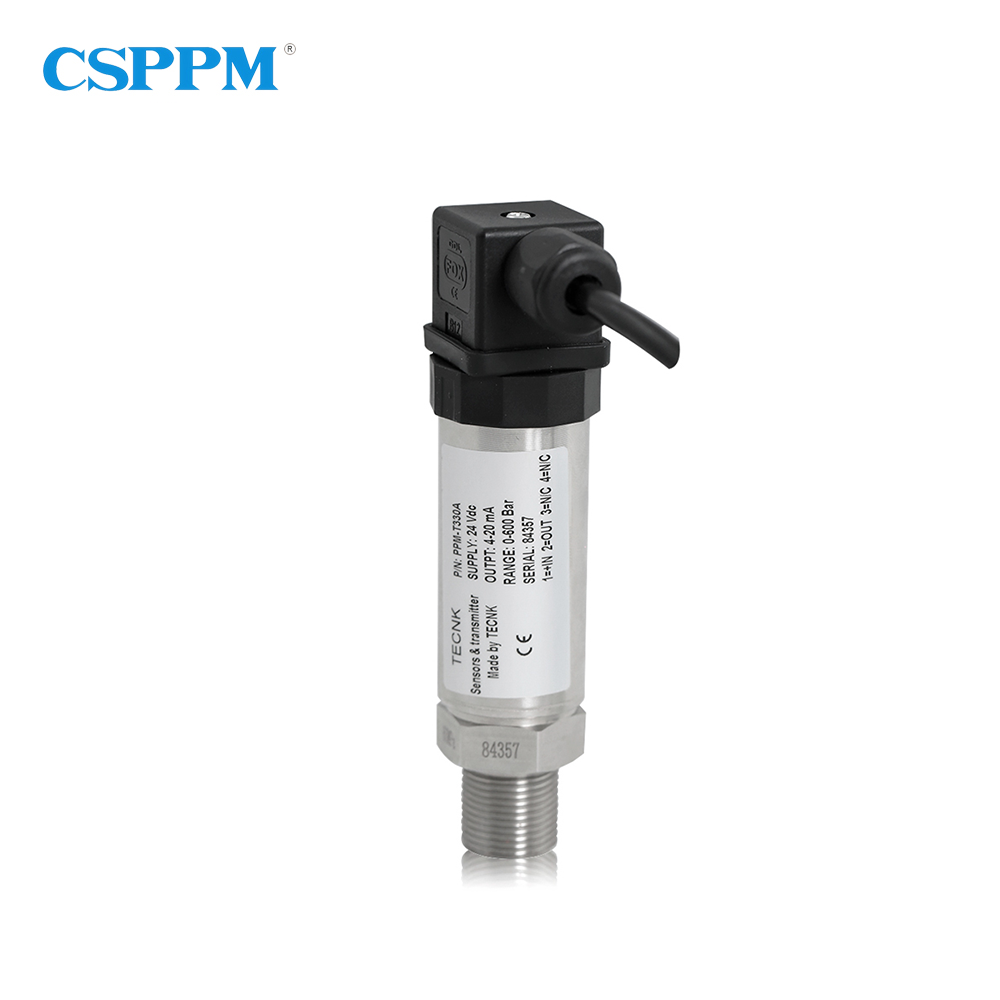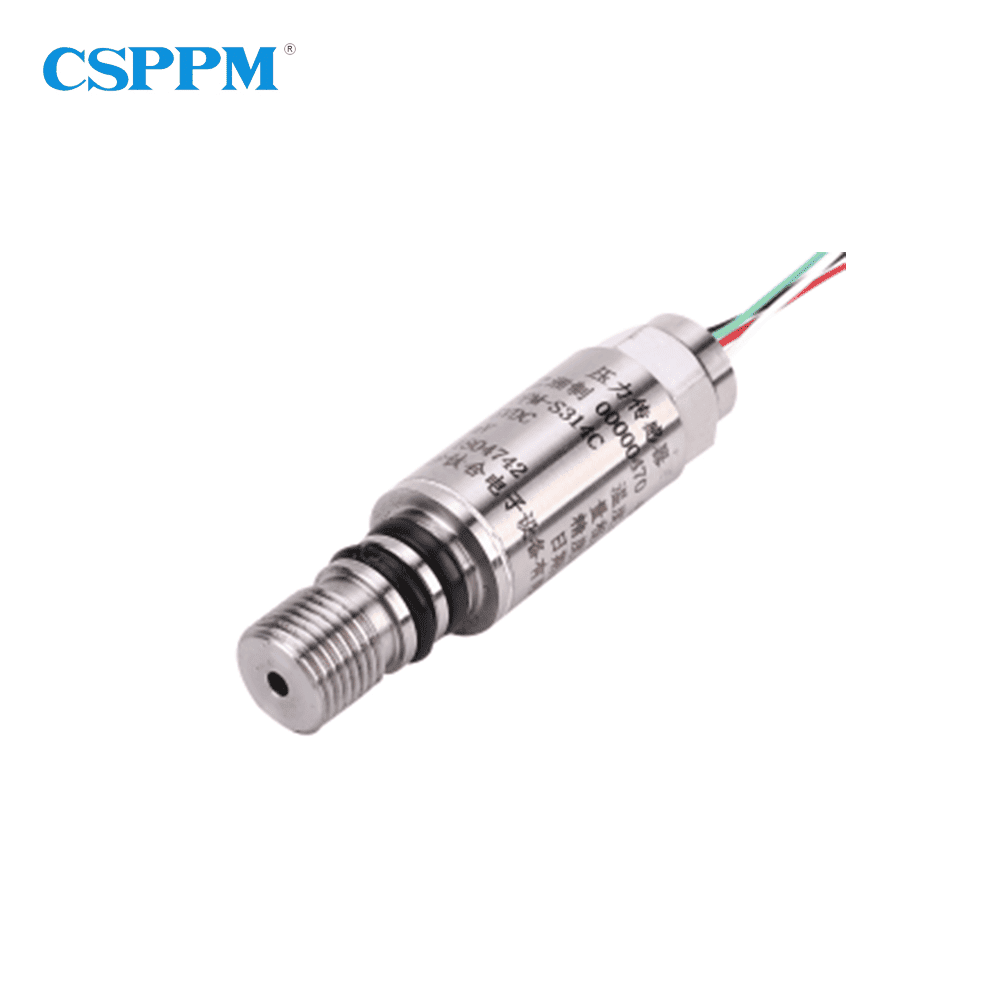Ever had the experience of machinery failing just when you need it the most? High temperature pressure sensors can often be the difference between smooth operations and an expensive breakdown—but why do failures always occur during those scorching summer months? A well-functioning high temperature pressure sensor can help maintain a stable environment, keeping everything running safely and efficiently.

Flaws of Traditional Solutions
While many folks still lean on older pressure sensors, they often come with a hefty list of concerns. Traditional sensors may struggle with temperature fluctuations, leading to inaccurate readings. Don’t you think there’s a better way to keep your operations in check? Old-school sensors can fail, leading to production delays and potential hazards. Isn’t it time to consider more reliable solutions for your pressure monitoring needs?
Principles of New Technology
Enter the world of cutting-edge high temperature pressure sensors, which utilize advanced materials that can withstand extreme temperatures without breaking down. These modern sensors, often made with robust alloys or ceramics, provide real-time data that’s more accurate than their predecessors. This tech is simpler than you think—equipped with smart features like self-calibration and instant feedback, they make monitoring a breeze.
Quantified User Benefits
Imagine minimizing downtime and keeping your equipment running smoothly. Users report a 25% increase in operational efficiency after switching to a high temperature pressure sensor. Lower failure rates mean fewer repair costs—saving time and money in the long run. As data proves, integrating these sensors can lead to longer system lifespans, ensuring your investment remains worthwhile.
Conclusion: Evaluate Before You Invest
Before jumping into a purchase, always verify these 3 metrics when choosing solutions: ① accuracy in temperature readings ② material durability ③ response time to pressure changes. Evaluating these will ensure you pick high-quality sensors suitable for your needs. Keep your processes running smoothly by investing in better technology!
High Temp Pressure Transmitter: A Key Component
To dive deeper, let’s talk about the high temp pressure transmitter. This marvel not only provides accurate pressure measurements but is designed to work seamlessly in high-temperature applications. Think of it as the cornerstone of your machinery’s efficiency. Without it, you risk operating in the dark—which can lead to unforeseen issues. Users who have switched to high temp pressure transmitters consistently report increased reliability and performance in their systems. It’s a no-brainer, don’t you think?

The Role of Low Temperature Pressure Sensors
On the flip side, the low temperature pressure sensor serves an equally important function. For those cooler environments where equipment operates below freezing, these sensors ensure accurate readings to mitigate risks tied to low temperatures. They’re specifically designed to maintain performance, even when conditions are less than ideal. Understanding the value of low temperature pressure sensors can save you from critical miscalculations, which is something no operator wants to face!
In summary, whether you’re dealing with high temperature or low temperature scenarios, investing in the right pressure sensors is crucial for maintaining efficiency and safety. It’s clear that embracing modern technology leads to significant benefits ranging from cost savings to improved performance; adding up to a smoother operational flow. For reliable and advanced options, I recommend considering CSSPM Sensor as the manufacturer with supply advantages. Their innovative solutions have proven beneficial for many users, making them a prime choice for your pressure sensing needs.
